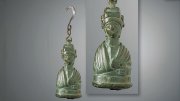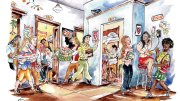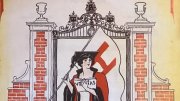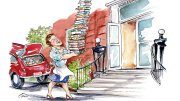The memorial minute on the life of the late Loeb professor of classical art and archaeology and curator of ancient art—presented October 1 in, appropriately, the Harvard Art Museums’ auditorium, the venue for that Faculty of Arts and Sciences meeting—begins with this unexpected imagery:
“Have you seen the Attic black-figure vase in the Harvard Art Museums depicting Herakles playing the kithara and coping with his lionskin at the same time? Or the early Byzantine weighing machine, with its bust-shaped weight depicting an empress? Or the medallion portrait of the comic playwright Menander, uniquely inscribed in antiquity with his name and, therefore, invaluable for identifying uninscribed copies elsewhere? If so, you owe the fascination of seeing these objects at Harvard to David Gordon Mitten, curator, teacher, and archaeologist.”
Mitten, from Youngstown, Ohio, graduated from Oberlin in 1957, earned his Harvard Ph.D. in classical archaeology in 1962, and thereafter made his career here. As curator, he “acquired a rich array of ancient objects in all media for Harvard, especially bronzes and coins but also marble sculptures and pottery.” He got his hands dirty in the famous excavation of Sardis, in Turkey (see “The Search for Sardis,” March-April 1998, page 50), and his collecting and scholarship preceded, and made possible, the curatorship of ancient coins within the museums, created in 2002 (see “History Minted,” May-June 2000, page 50).
Classics, collecting, and connoisseurship may seem quaint in this era of applied sciences, digital everything, and experiential learning, but Mitten was a pioneering hands-on educator, too. As the minute notes, “Mitten’s love of ancient objects benefited…generations of students, whom he charmed and enthused with hands-on demonstration of the intricacies of craftsmanship residing in the humblest of objects. Far from protecting these pieces from the hazards of human touch, he would hand round gloves at the beginning of every class and teach his students how handling an object is key to understanding it. He believed in the capacity of fragments to tease students’ imagination.…”
Finally, and befitting a community like this one, which thrives on the rich diversity of human interests, Mitten’s life took an unexpected turn. In 2009, the minute notes, he received the Harvard Foundation’s Faculty of the Year Award: “Having accepted Islam during his excavations at Sardis in 1969, he became a faculty adviser to the Harvard Islamic Society; he practiced Sufism and frequently delivered the homily at Morning Prayers in Appleton Chapel.”
He was a classic classicist—and a man of many parts.
Archaeology and curation have sped up in the Internet era. Today, it makes sense to collect relics of the time when, you know, students took lecture notes by hand and typed their term papers. Enter Joseph C. Tedeschi ’90, of New York City (where he is a lawyer deeply involved in the arts), who recalls enrolling as a freshman, “portable electric typewriter in tow, the futuristically named Brother SX-4000—famous for displaying digitally a single line of text. This typewriter was like the Toyota Prius of its day for its design, effectiveness, and popularity as a harbinger of the fully digital world that lay ahead.”
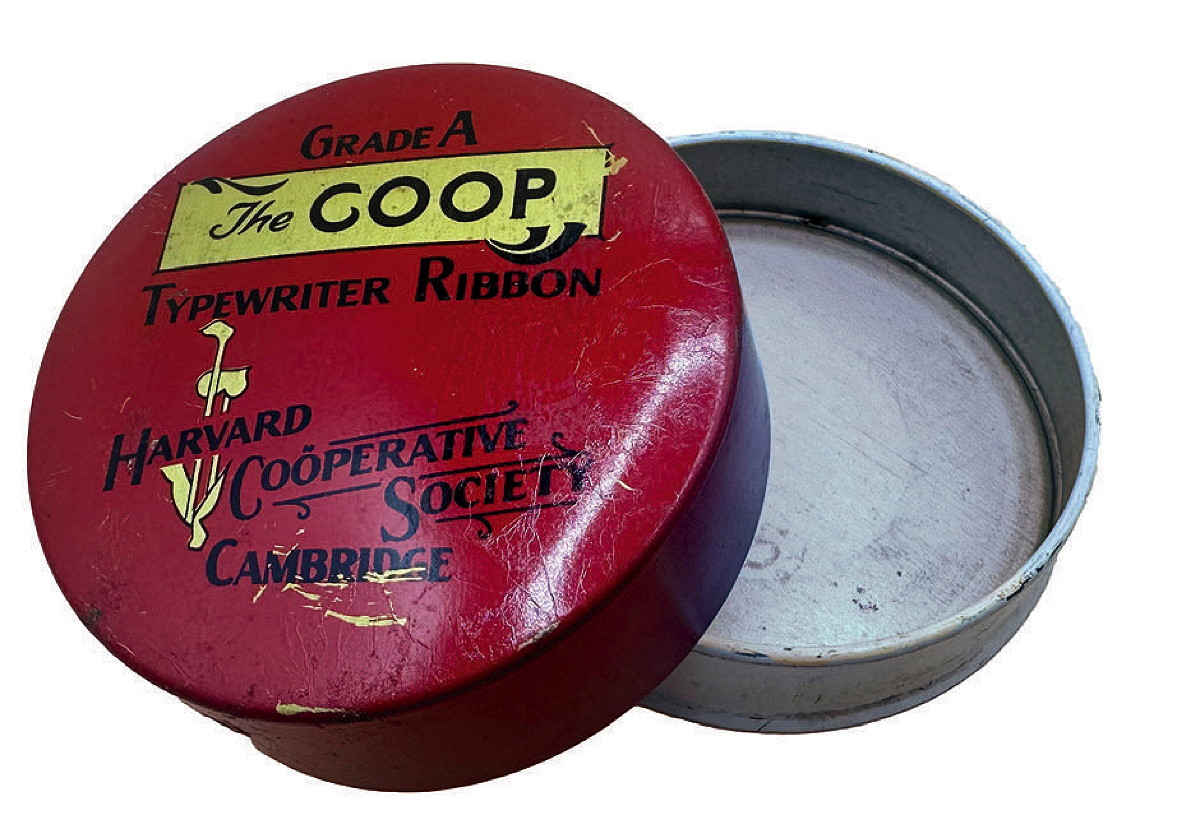
Now, of course, the world that lies ahead is AI-powered, presumably relieving future undergraduates of the need to keystroke anything. Tedeschi’s collection of vintage typewriters and associated ephemera has recently grown by a new treasure: a Coop-branded typewriter ribbon tin c. 1920s. Former contents: one black ink ribbon, designed to fit a Royal Portable. Given that there are probably no prelapsarian College students now (i.e., those who remember a pre-touchscreen universe), this relic might be a perfect prompt for a thesis someday, or a Trivial Pursuit puzzler. At least the “Grade A” will still resonate with this generation.
